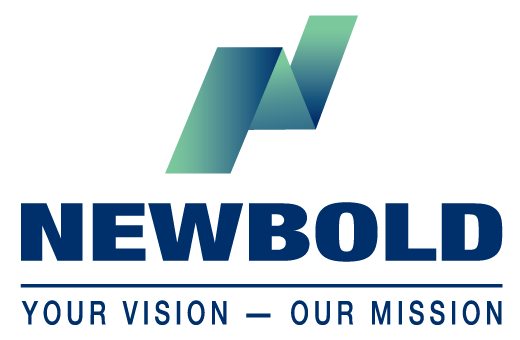COBOL: Still Relevant in 2021. Wait, What?
Online banking apps and the 21st-centery technology that fuels them are now a part of our everyday lives.
The pandemic has even pushed those financial services stalwarts who relied on brick-and-mortar banking to begin using their bank’s online and app-based services. If you bank with the big boys (think Bank of America, Wells Fargo, JPMorgan), chances are good you haven’t interacted with a teller in person in months or years. Depositing checks, moving your money and receiving payment (Hello, Venmo, PayPal and ApplePay!) now happen with a few clicks and scrolls on your phone. Investing via apps like Acorns, and hot technologies, like Blockchain and Robinhood, are pushing the boundaries of how we move, track and grow money even further.
All of this fancy bank footwork might have you thinking, “Wow, banks are on the cutting edge of technology!” Think again …
According to Reuters, $3 trillion in commerce was being conducted through a computer programming language developed in 1959 called COBOL (Common Business Oriented Language). As of 2017, an estimated 43% of banking systems and 95% of ATM swipes relied on the estimated 220 billion lines of COBOL. So, a mainframe system created in 1959 remains the driving force behind our financial institutions in 2021.
COBOL: 60 Years and Counting
What exactly is COBOL? In a nutshell: COBOL is a programming language designed for computer mainframes used by major corporations and government industries to handle large-scale transaction processing. The term mainframe evolved from the large (and, in past years HUGE) cabinet that housed the central processing unit and main memory of early computers. You’ve probably seen these room-sized monster computers in TV shows like “Mad Men” or movies like “Hidden Figures.” In 2021, COBOL is the system that financial institutions, insurance companies, transportation systems and government agencies all use.
So why aren’t these organizations shifting to cutting-edge alternatives like Python, Java, C, Cobalt, and JavaScript?
If we follow the old adage, “If it ain’t broke …” – and let’s face it, corporate America has a nasty habit of doing just that – it seems likely a continued reliance on COBOL technology seemingly presents no problem. And, frankly, the system does work, albeit in a not-so-cutting-edge way. Organizations have been relying on this programming language for decades with few major problems.
Consider the Risk
Consider this though: Who, in today’s lightning-speed development of IT infrastructure is now learning this decidedly old-fashioned coding technology? Turns out, not many people. COBOL programmers are starting to retire; meanwhile, young programmers seem to have little interest in taking on COBOL challenges. Add to that the stigma around the language that it’s “not cool,” because it has been around since gramps graduated college, and it becomes even less appealing. In fact, COBOL is one of the main languages being left offuniversity curriculums around the world. Once the thousands of white-haired techies currently among us retire, will there be enough young programmers to fill the void?
Without brilliant minds and skilled practitioners to keep these systems humming, the risk to companies—both large and small—seems dire enough to make those of us in consultative and workforce management fields sit up and take notice. What will businesses do to keep maintaining their mission-critical programs and mitigate possible risk?
The Solution is Two-Fold
- Maintain (or gain) awareness of what the programming situation is within your organization. Many leaders are unaware of how their information technology systems run. If your infrastructure is COBOL-based, find out who you use for system support. Take it a step further, and find out how your support system is staffed. Do they have IT professionals on the payroll that service your account, or do they outsource the support?
- If you manage your systems in-house, the first step is to evaluate your own talent pool and begin considering a plan of action to address the dearth in young talent. Second, make sure you have detailed documentation on existing COBOL code. And third, create an internal training program to ensure COBOL experts transfer their knowledge to newer programmers.
As the conversation continues, we all need to support efforts to encourage young IT professionals to learn COBOL. Despite the graying of current programmers, COBOL programmers are still graduating, just not at the rate they are retiring. Despite the harrowing numbers and truly mind-boggling dependency on COBOL, there is light on the horizon and organizations addressing the current need. Even if the world begins the monumental task of moving away from this steadfast programming language, we will need skilled providers to help reverse-engineer pivotal mainframes. In the meantime, educate yourself, ask hard questions and consider the future.
Call on Newbold to help assess risk and formulate a staffing plan for your organization:
Contact Chad Moyer, Managing Director
cmoyer@newboldadvisors.com
904.716.1459
